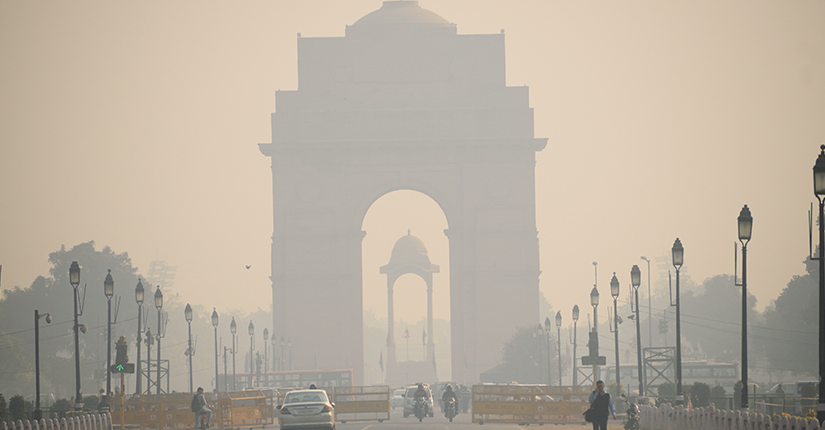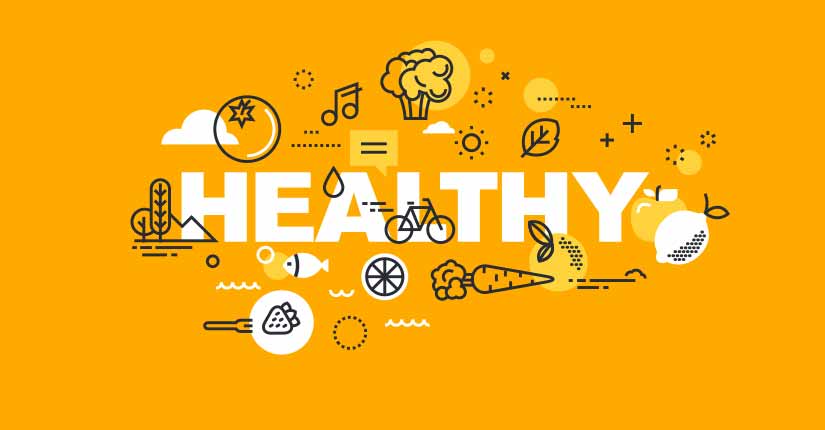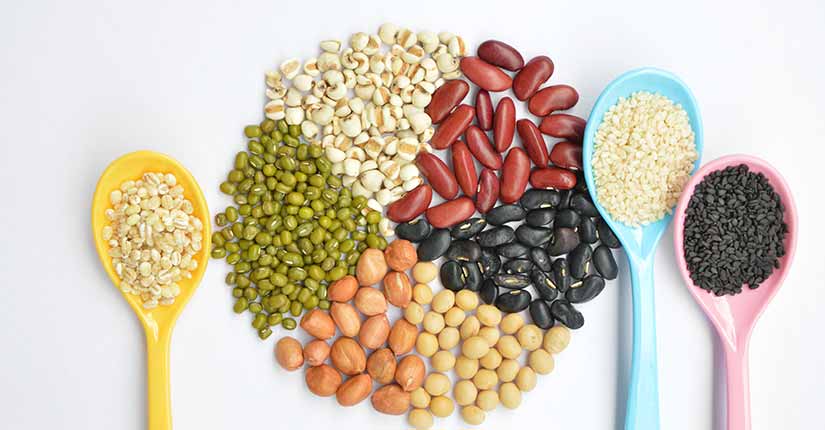Guide on How to Reduce Carbon Foot Printing of Food and Subsequently Helping Environment
By Nmami Life Editorial 02-Jun 2020 Reading Time: 7 Mins

Food’s carbon footprint is referred to as the greenhouse gas emissions produced by growing, rearing, farming, processing, transporting, storing, cooking, and even disposing of the food you eat, also called foodprint.
Changing the foods that you consume can have a big impact on your carbon footprint and as a result, reduce pollution, preserve the environment, and slow down global warming. Many of these changes will also be economical, improve your health and even keep you fit!
Just for your reference, remember the more processed the food item is, the higher is its food carbon print which means the higher energy it has utilized to prepare itself. Meat, cheese and eggs have the highest carbon footprint. Food from natural plant sources like fruits, vegetables, beans and nuts have much lower carbon footprints. If you move towards a vegetarian diet, you can have a huge impact on your personal carbon footprint.
We can know about the carbon footprint of a particular food item by working out the number of greenhouse gases that are emitted during the whole process of preparing that food item which includes the production of raw materials, industrial processing, transport, storage, cooking, consumption, and even waste and this method is called the “cradle-to-grave” approach.
Some essentially helpful tips about how can you help the environment:
- Pay attention to packaging
Plastic packaging is not always the culprit it’s made out to be. Some packaging options, particularly tin and glass, are very heavy, expensive, and highly processed, and so can only be transported in smaller quantities. This simply means that their transport requires more energy per unit of food. In such cases, materials like plastic are even better, which is considerably lighter and can reduce carbon emissions. It is better if the plastic used is recyclable.
- Grow your own food
Another great way to save money and energy is to grow your own food; it makes you fit and reduces your carbon footprint. If you have a garden or backyard, then it is a fun way to make sure your family also gets involved and has access to affordable, healthy, better and pesticide-free food at home. Use your balcony if you live in an apartment or how about the nearest community garden?
- Shop wisely
List out and buy only those ingredients which are required. Buy fresh and think before you buy it! Look for a better, greener alternative. Avoid those impulse purchases, avoid products that use lots of packaging, especially plastic or tinned cans, buy in bulk to save money and reduce packaging, read the label – the longer the list of ingredients, the heavily processed item with a high carbon footprint it is. Frozen foods have the highest carbon footprint, followed by canned, plastic, glass, then cardboard since the longer shelf life and avoid buying bottled water.
- Cook smartly
Have you thought that even though oven could be handy and easy to use but if you use the oven on a warm day, you will end up heating up the room and will need to turn on a fan or air-conditioning, wasting energy? We found that the most efficient cooking method is simmering on a simple stove-top.
Have more raw foods that do not need cooking, use the stove-top whenever possible and better to use the microwave as it uses 50% less energy than an oven. Use the oven sparingly and smart, reduce preheating time, cook multiple foods, turn off early, and make use of electric kettles to boil water for cooking or drinking rather than on the stovetop.
- Buying local cannot guarantee reduced emissions but helps
Eating local beef or lamb has a higher carbon footprint than most other foods. Choosing to eat locally has very minimal effects on its total footprint as we don’t know whether it was grown/made locally or not. But certainly, it reduces the direct use of energy which you would spend or utilize by taking a car or a vehicle to the supermarket and buying from there rather than walking down your local nearest market or store.
Over to you
Whether you buy it from the farmer next door or from miles away, it is not the location that makes the carbon footprint of your dinner large, but the fact that what you consume is of more importance, for example, non-vegetarian food like beef utilizes more energy and hence has more carbon footprint than vegetarian food.


















